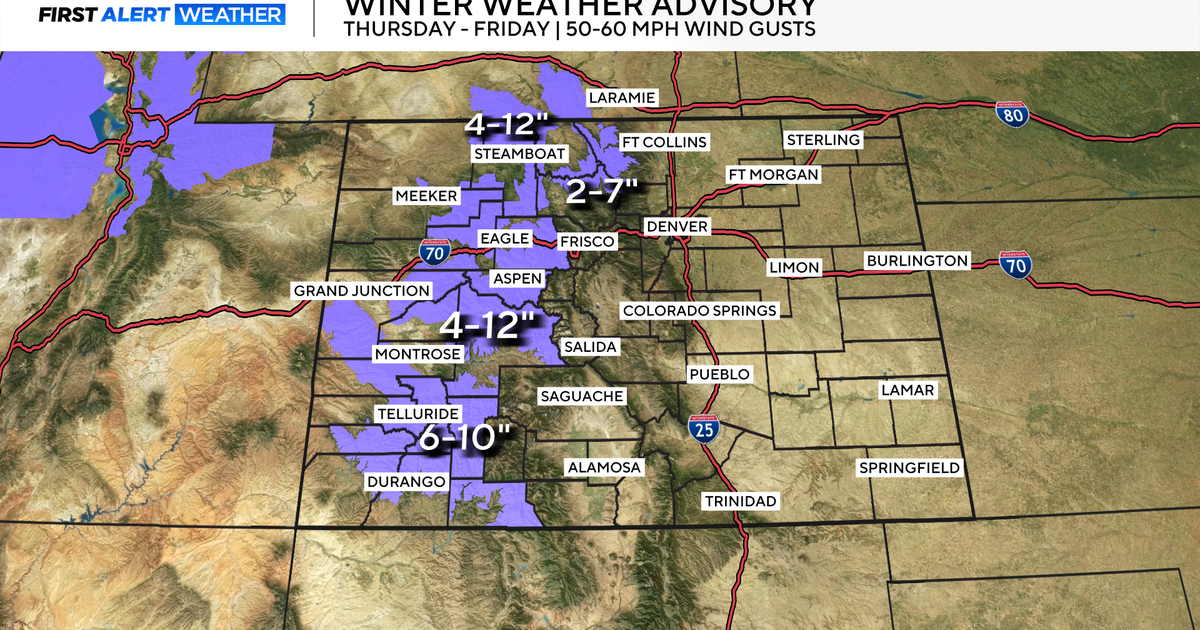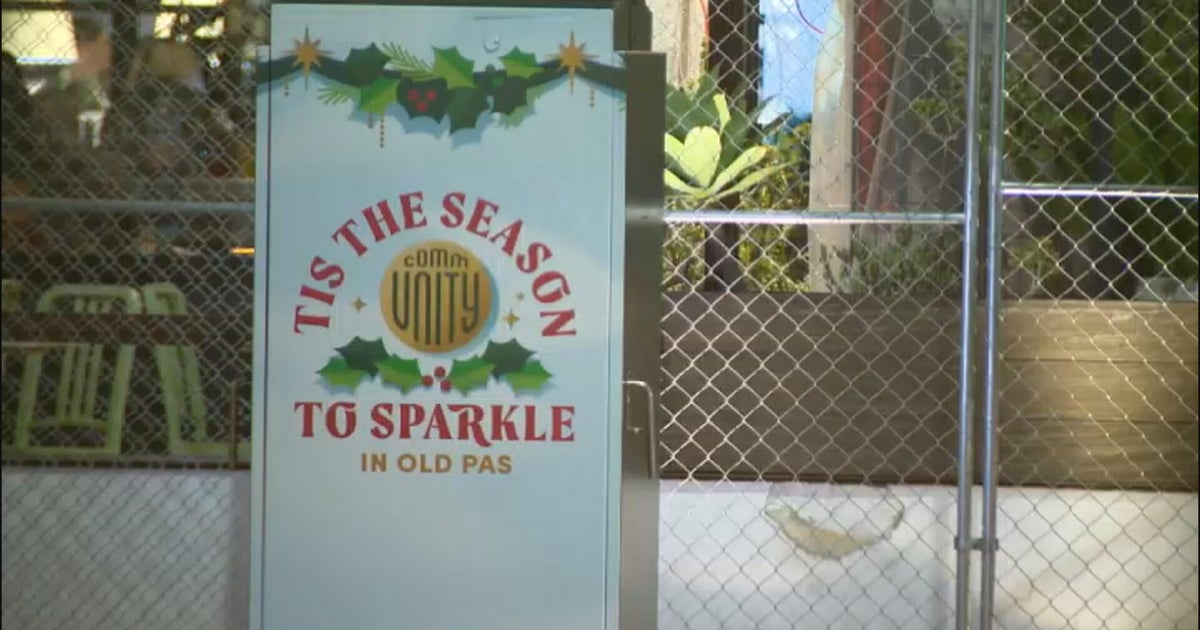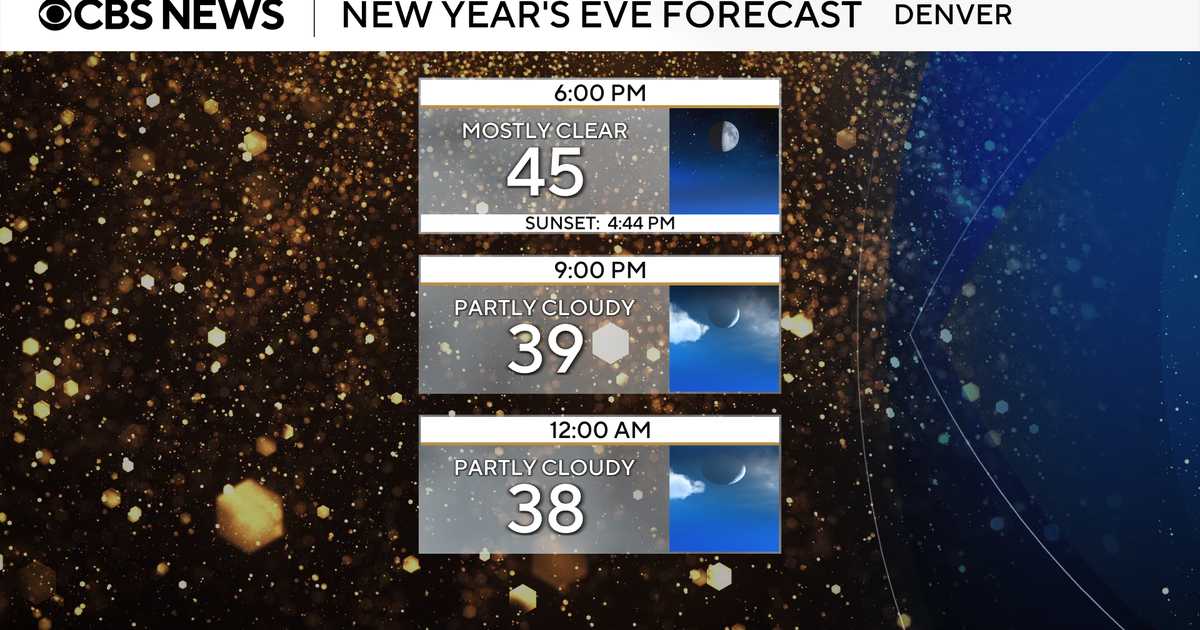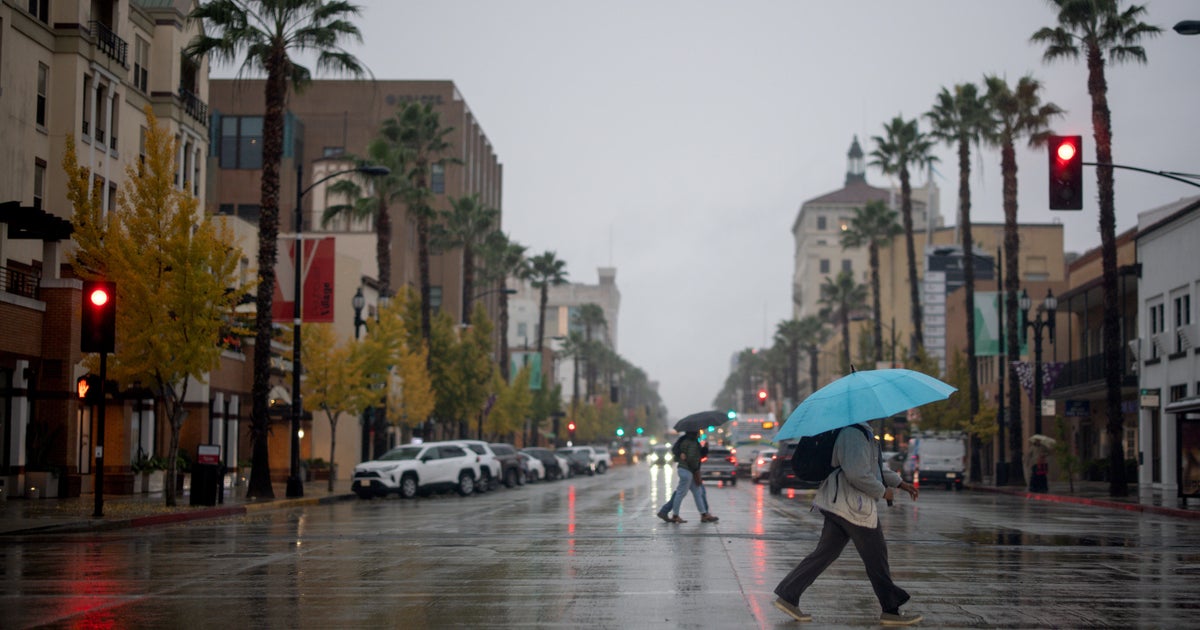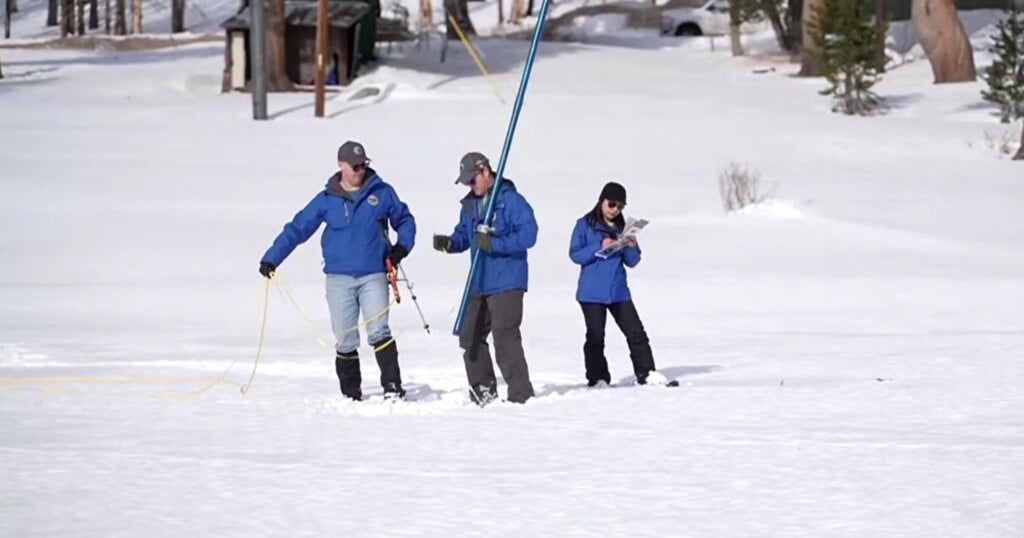How long do droughts usually last?
WAVERLY, Minn. — As tough as this stretch of weather has been, Minnesotans know it's been needed.
At least two inches of rain and melted snow has fallen. Most of the state is experiencing a moderate drought, with some portions facing either abnormally dry or severe drought.
There's a chance the recent storms will put a dent in it, but in recent years, drought has returned with vigor by late summer. That had us wondering: How long can droughts last, and what helps them persist? Good Question.
Last Thursday's snowy tune-up gave way to what's become a marathon of moisture across three days.
The weather has been pesky and dangerous but also welcomed.
"Any type of moisture at this point we're glad to see," said Dan Glessing. He's a farmer and president of the Minnesota Farm Bureau.
His hundreds of acres of land in Waverly are now blanketed in white relief. Given the ground temperature and early thaw this year, he's anticipating the melted snow will get soaked up quickly.
RELATED: Corn, soybeans already being planted in Minnesota thanks to warm winter
"We can get a lot of moisture this time of year and if that dries up, typically in July, we're kind of looking for showers," he said.
The summer showers haven't seemed to arrive in recent years. Early spring from 2021, 2022 and 2023 were relatively wet thanks to snow melt with little to no drought conditions statewide.
But come late summer and early fall in each of those years, severe to exceptional drought returned each time. It means we're in the midst of a long-term drought.
How long can a long-term drought last?
"Really it can go from a year or two to a decade," said Pete Boulay, a state climatologist with the Minnesota Department of Natural Resources.
The most infamous long-term was the Dust Bowl of the 1930s. While it lasted nearly a decade, it was actually a series of droughts with short spurts of moisture breaking them up. Boulay said that same pattern is present today.
"What we're doing right now is helping out to eliminate the short-term drought but the long-term drought is still there," he said. "If we didn't have those (moisture) breaks in the drought it would be a lot worse right now."
What helps droughts last for several years? Boulay said temperature is a key factor.
"It's not just precipitation that makes a drought. Heat adds to it. If you evaporate a lot of water, like in 1988, you can have a much worse drought," he said.
Last year went down as the warmest year on record in the world, underscored by raging wildfires across Canada. The extremes make the other end of the spectrum easy to forget.
"The 2010s were the wettest decade on record in the state," said Boulay, adding that 2019 was the wettest year on record in Minnesota. "Looking at Minnesota's climate history, about every ten years you have a pretty significant drought. The problem is hard to predict when that will be."
READ MORE: Jonathan Vigliotti's new book is a call to action on the climate crisis
"Things go in cycles, and we know that in agriculture, whether it's prices of commodities or weather patterns," added Glessing.
For him and other farmers, a little moisture after planting followed by an inch of rain per week in the late summer is all he's asking for.
"That would be my dream year or season," he said.
Minnesota's drought pattern actually started in 2020, but given that 2019 was the wettest year on record, the extreme dry conditions didn't emerge until 2021.


